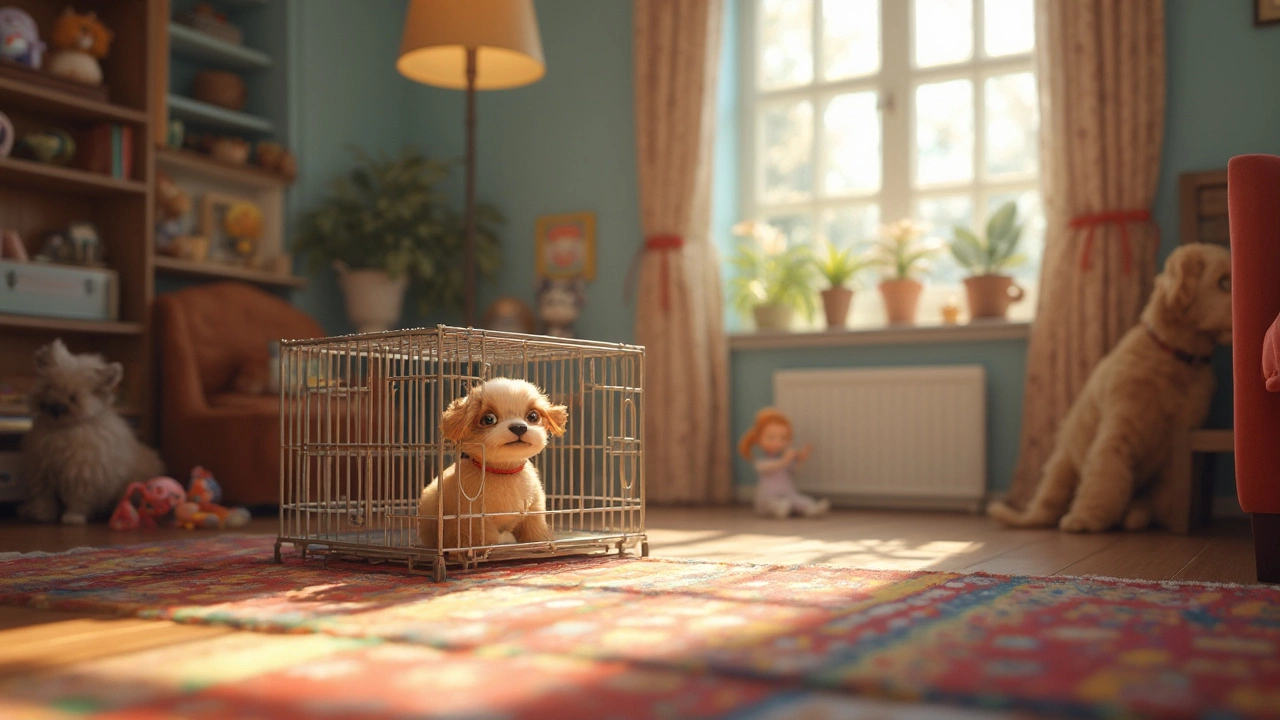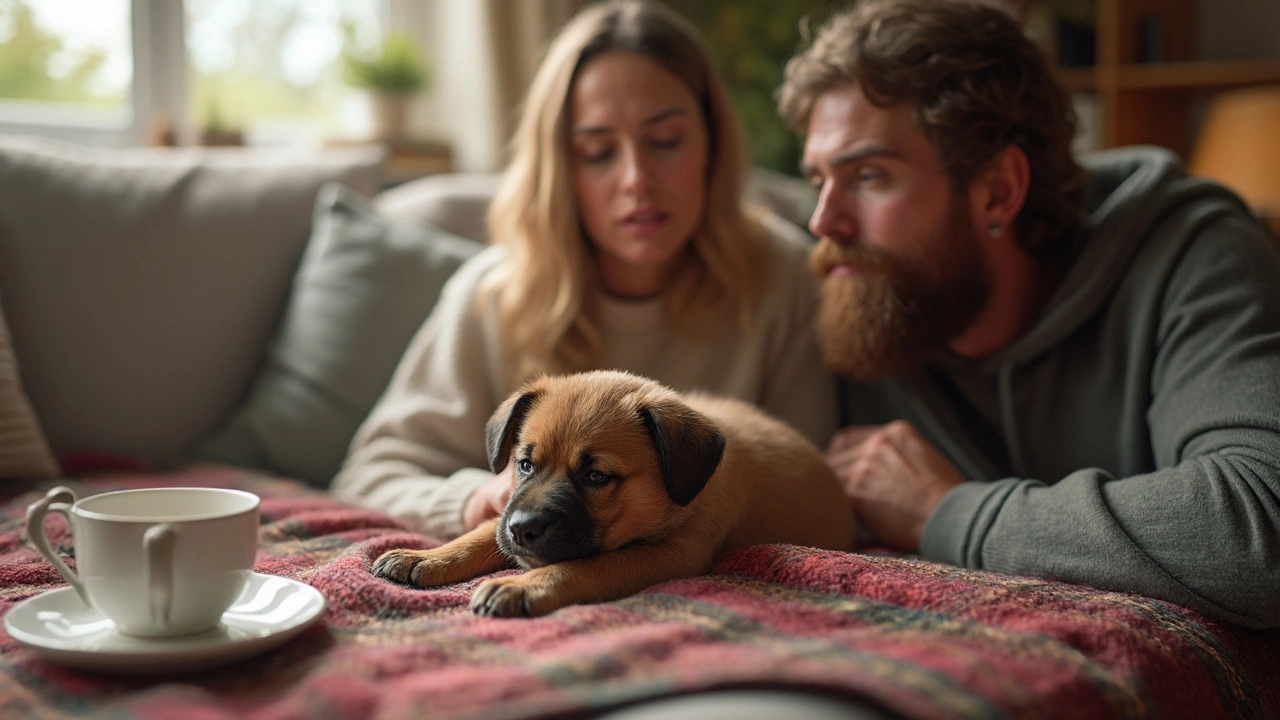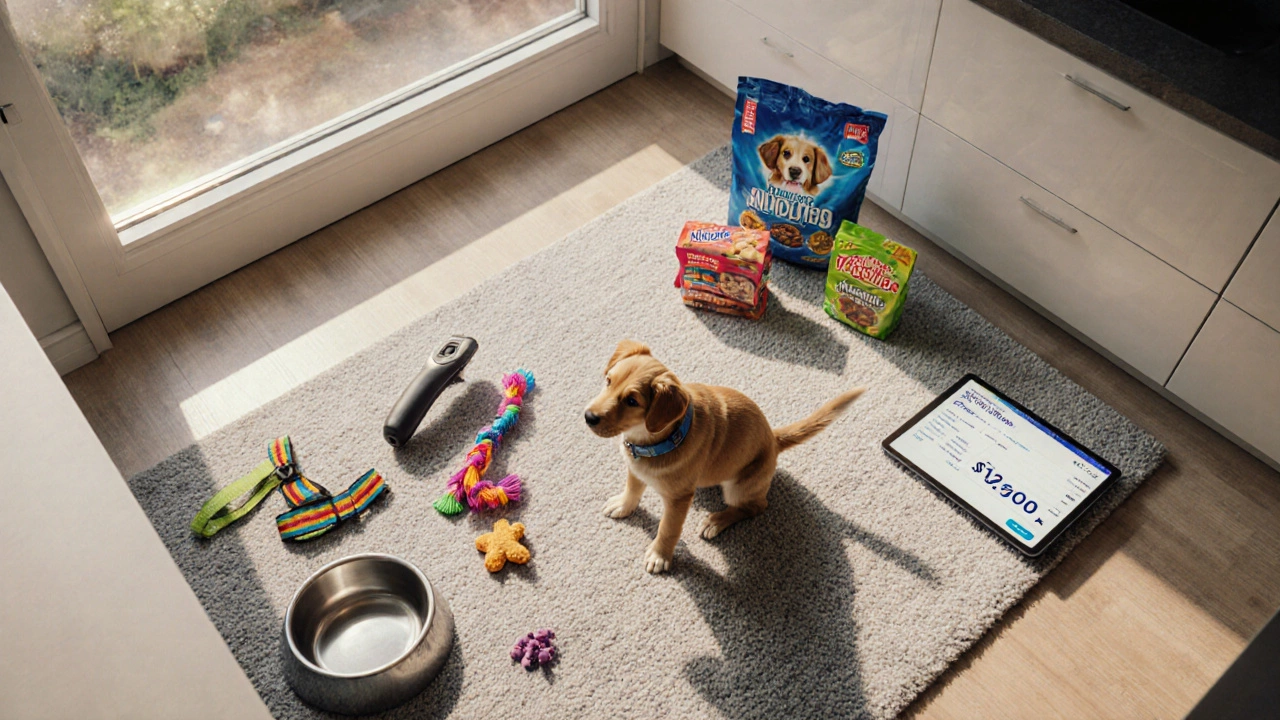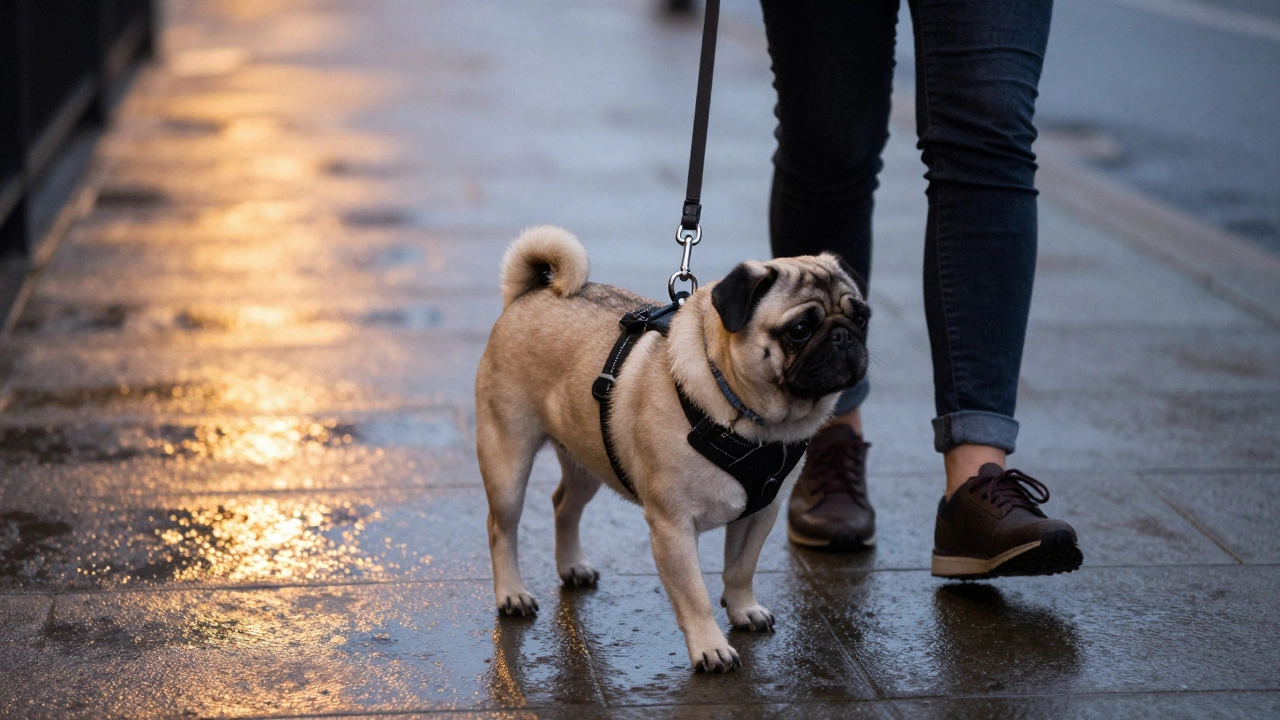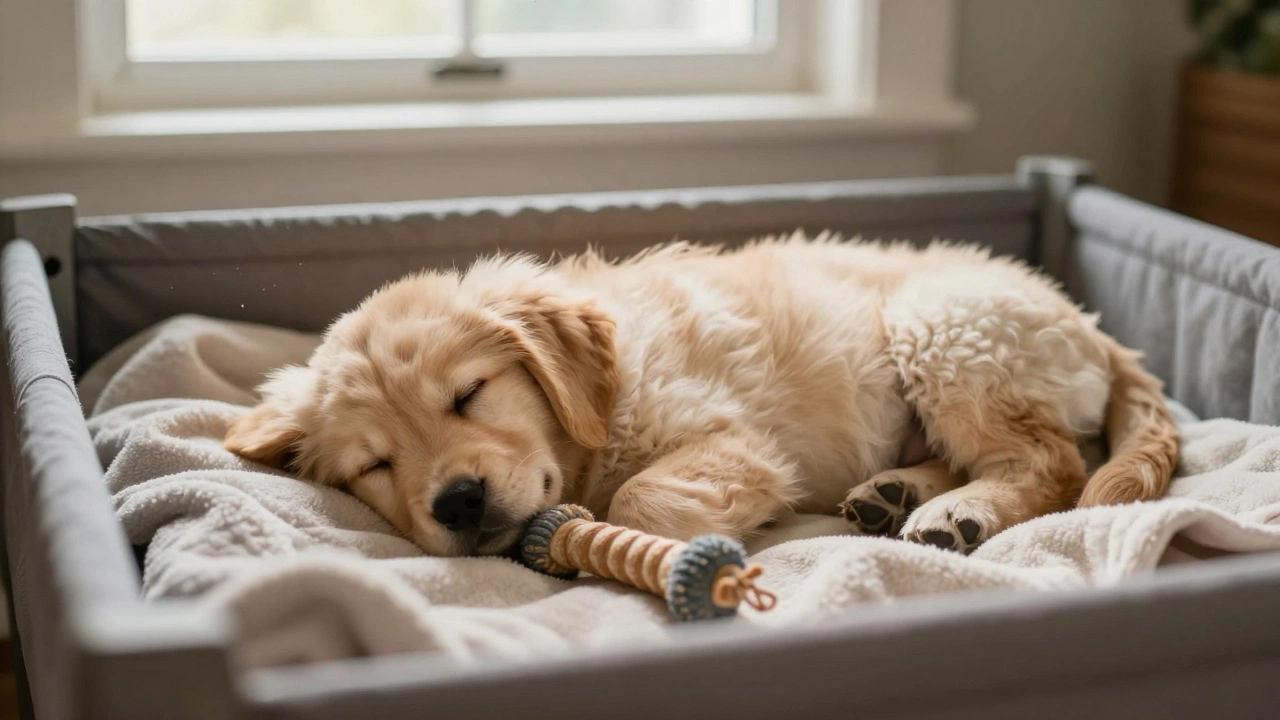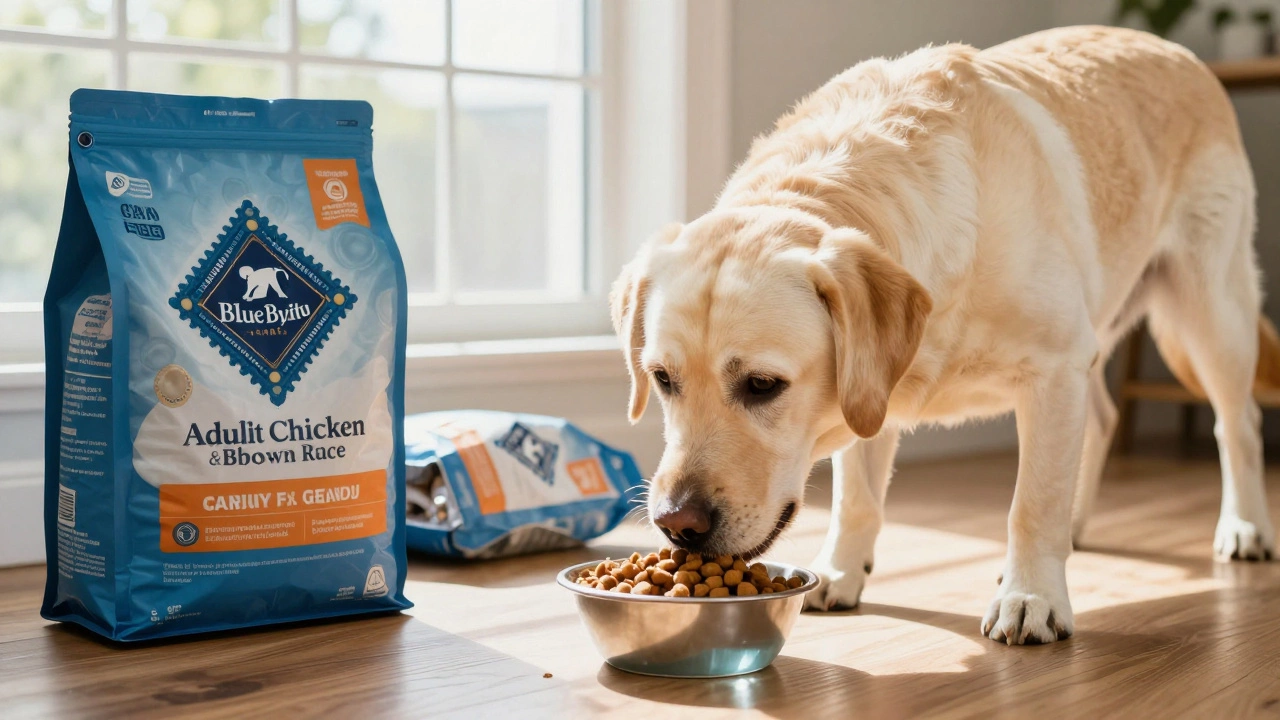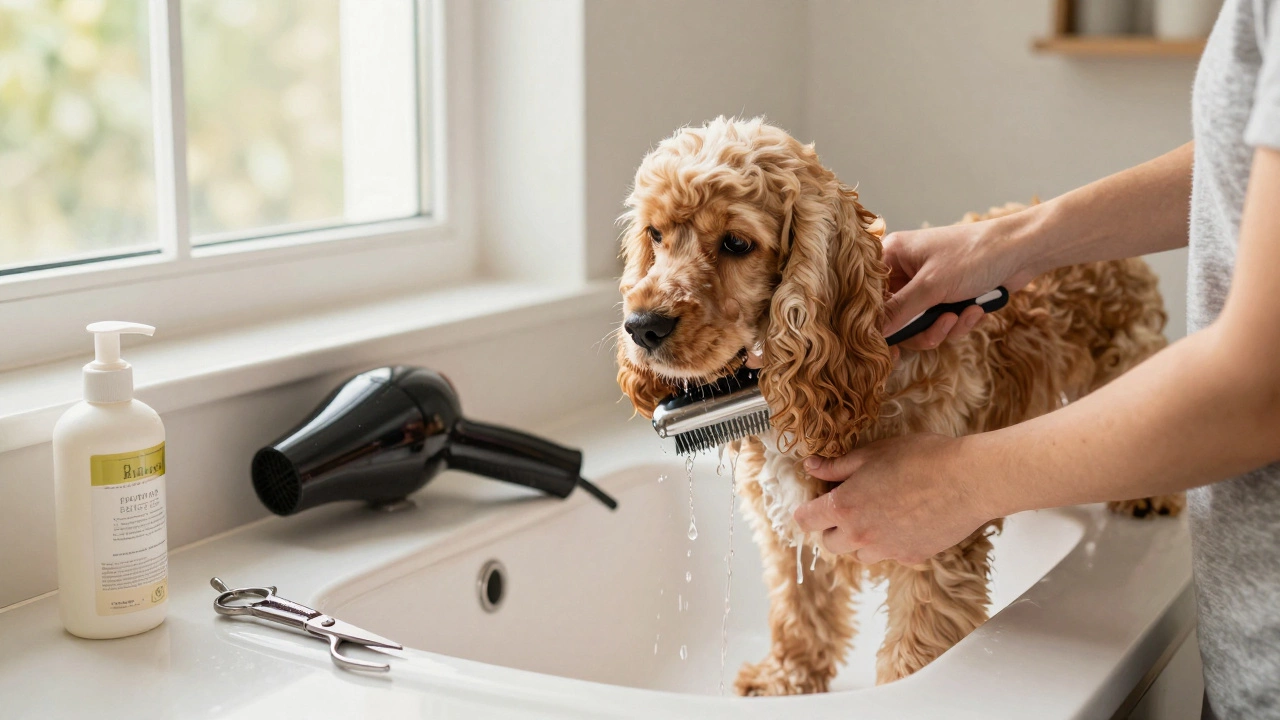If you've ever found your puppy freaking out inside their crate, you're not alone. Crate syndrome, a term often tossed around in puppy circles, is all about that anxiety some little furballs feel when they're stuck in their crate, even if it's comfy and cozy. It's a real thing, and, honestly, it can be tough both for the pup and you.
First off, let's break down what crate syndrome actually is. It's when a puppy gets overly stressed or anxious just from being in their crate. This can look like whining, barking, or plain old panic. Sometimes it's just a phase, but for others, it sticks around. So, getting a handle on it early can save you and your pup a lot of stress.
Now you might be wondering why your puppy acts like their crate is some medieval torture device. The reasons can vary. For some pups, it's like they're having separation anxiety. For others, maybe they didn't have enough positive experiences with the crate to start with. Either way, understanding the 'why' gives us the clues to fix it.
What Is Crate Syndrome?
Alright, so let's get into the nitty-gritty of crate syndrome. It sounds official, but it's really just a way to describe how some puppies flip out when you pop them in a crate. It's all about anxiety, as if the crate were suddenly the scariest place on earth.
This stress usually shows up as frantic behaviors. We're talking about non-stop barking, scratching like they're trying to dig to freedom, and sometimes even the dreaded accidents despite their potty training status. Basically, they’re not happy campers and they're making sure you know it.
Why does this happen? Well, think about it. A puppy's world is huge and exciting, and suddenly they're put into a small box. For some little pups, it's like being solitary when they'd rather be running free and exploring. If their first couple of crate experiences weren't great, the association gets stronger. They might start to view the crate as a negative space rather than a safe haven.
Veterinarians and dog behaviorists often point out that this anxiety can be more than just a reaction to the crate itself. It might also tie into separation anxiety. The pup might not like being away from their favorite humans (that's you!). When they're unable to be with you, everything feels wrong.
| Avoiding Crate Syndrome | Do's | Don'ts |
|---|---|---|
| Training Approaches | Gradually increase crate time. | Force your pup into the crate. |
| Comfort Measures | Include familiar blankets and toys. | Leave them completely alone instantly. |
Recognizing the symptoms is half the battle. Once you spot the signs of crate syndrome, it's time to think about creating positive associations using treats, comfortable bedding, and maybe some soothing music in the background. But more on that in another section. For now, just know that understanding this quirky behavior is the first step to helping your pup face their crate demons.
Causes and Symptoms
So, what's behind this whole crate syndrome thing? Often, it's a mix of a few things. First off, some pups just don't like being alone, which sounds a lot like what happens with separation anxiety. These little guys get so attached to their humans that even a whiff of being left alone sends them into a tailspin.
For other pups, it's about the crate itself. Imagine being a tiny furball stuck in a box—if you haven't been eased into it, it'd be pretty freaky. That's why it's super important to introduce the crate as a safe, comfy hangout spot rather than a punishment zone. Young dogs who haven't had enough good vibes with the crate might see it as a trap rather than a cozy den.
Now, let's talk symptoms. If your puppy's dealing with crate syndrome, they'll probably tell you—loud and clear. We're talking barking, whining, maybe even scratching or trying to bolt when you aren't looking. They could also refuse to eat or drink in the crate, pacing back and forth like a little, furry prisoner. Some might even have accidents in the crate, not because they want to but because they're just that stressed.
It's important to note that not every pup will show the same symptoms. While one might bark the house down, another might just shiver quietly. The trick is to know your pup's quirks and watch out for what seems off.
Interestingly, young puppies, especially those newly weaned, are more prone to crate anxiety as they're still adjusting to life without their litter. In fact, looking at a sample of recent pet surveys, about 20% of new puppy owners reported issues with crating during the first few weeks. It seems that the earlier you start with positive crate training, the better your chances of avoiding this bump.
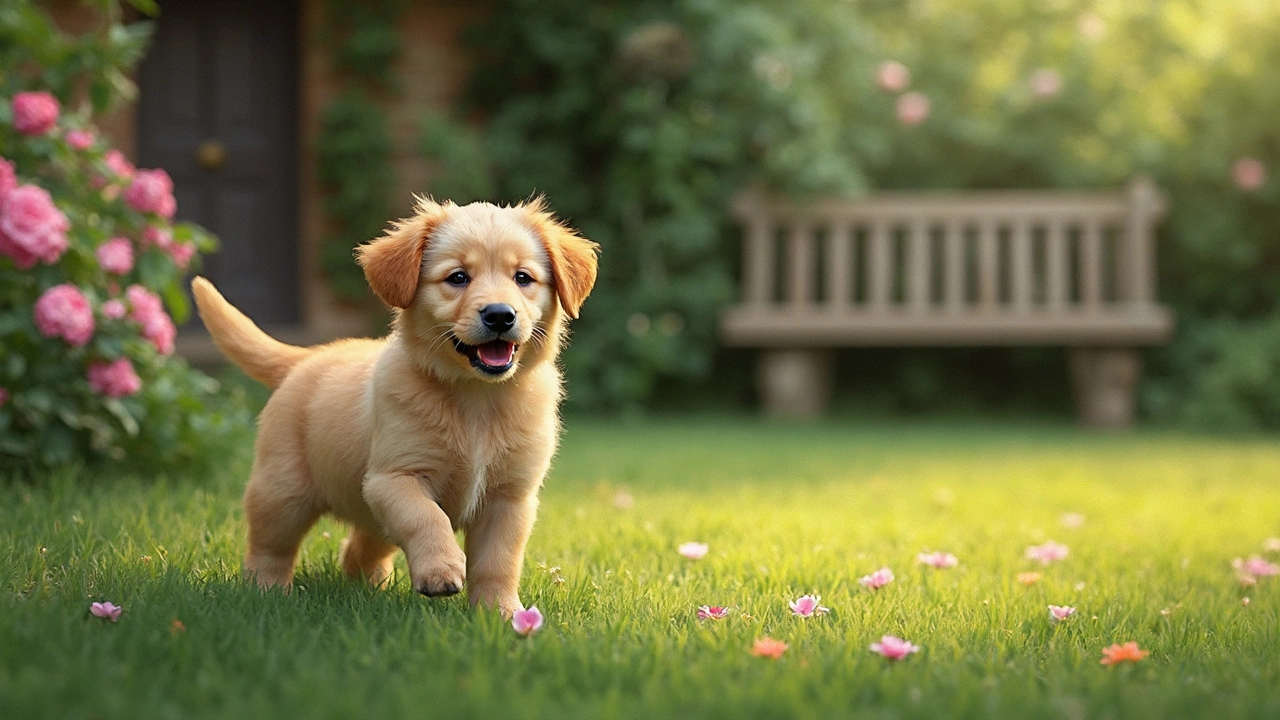
Managing Crate Syndrome
Dealing with crate syndrome can feel daunting, but with the right approach, you can help your puppy feel comfy in their little space. The goal is to transform the crate into a safe, cozy spot they actually want to hang out in.
Start by associating the crate with all things positive. You know how you need a good vibe to chill at home? Same goes for our furry buddies. Make sure to use the crate for things they love like treats and toys. It's a good idea to feed your pup in there, making it a place they associate with something they love—like food!
It's important to go slow. Don't just shove them in the crate and shut the door—it can be pretty intimidating. Instead, ease them into it. Leave the crate open at first so they can explore or nap whenever they feel like it. Gradually increase the time they spend inside, starting with a few minutes and working up from there.
Keep the crate experience relaxed. You know how we like breaks during work? Puppies do too. Periodically let them out, especially if they're new to the concept. This keeps their stress levels down and shows them they won’t be trapped forever.
Consistency is key. You wouldn’t change rules every day, right? Try to stick to a routine. Make sure the crate stays a cool place, and not somewhere they associate with being alone or in trouble.
- Introduce it slowly: Allow your pup to enter the crate on their own terms, gradually increasing the time they're in it.
- Make it fun: Use toys and treats to make crate time enjoyable.
- Be consistent: Establish a routine so your puppy knows what to expect.
- Keep it calm: Avoid using the crate as a punishment.
By keeping things positive and consistent, you can help your puppy overcome crate syndrome, making the crate their happy place rather than a source of stress.
Tips for a Happy Pup
So, you've noticed some of those signs of crate syndrome in your furry buddy? Don't worry, there's plenty you can do to help them feel more at home in their crate. The goal is to make their crate a safe haven, not something to dread. Let's go through some solid tips to keep your pup's tail wagging.
First things first, make it comfy. Line the crate with a soft bed or blanket. Some toys, especially chew toys, can keep them entertained and make the space feel less lonely. Aromatic sprays with calming scents might help too. Dogs have strong noses, and a relaxing scent can do wonders.
Here's a pro tip: don't just stick your pup in the crate when you leave the house. "The crate should always be associated with something pleasant," says Emily Jenkins, a renowned dog behaviorist.
"Using the crate only when you're leaving can make your dog link it to separation and stress."
Gradual crate training can make a big difference. Start with short periods where your pup is inside with the door open, slowly increase the time as they get more comfortable. Reward calm behavior with treats and praises.
- Positive Reinforcement: When they go in calmly or settle quietly, offer a treat. This builds a positive connection with the crate.
- Consistency is Key: Stick to a routine. Dogs thrive on routines, so always put them in at specific times, like after meals or for naps.
- Stay Calm: When letting them out, wait until they are calm. This prevents rewarding any frantic behavior.
If you can, place the crate in a lively part of the house. It allows your pup to see and hear the family's daily activities without feeling isolated.
Crates, when used right, aren’t just about managing behavior. They're also about giving your dog a place to call their own. It's their den—a little corner of the world where they can feel safe and secure.
| Training Duration | Frequency |
|---|---|
| Initial Short Periods | Daily, 5 minutes |
| Gradually Increase | Every 3 days, add 5 minutes |
| Longer Periods | After 2 weeks, aim for 30 minutes |

